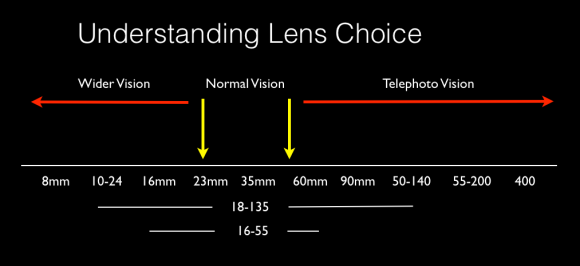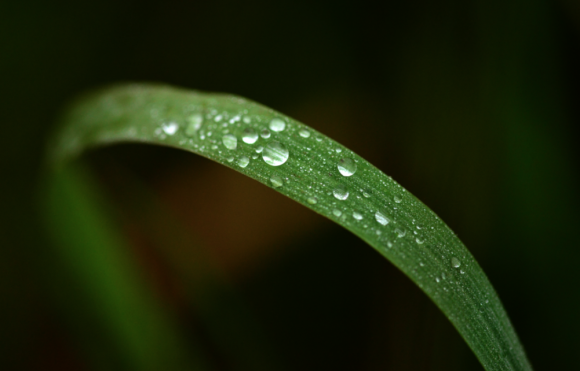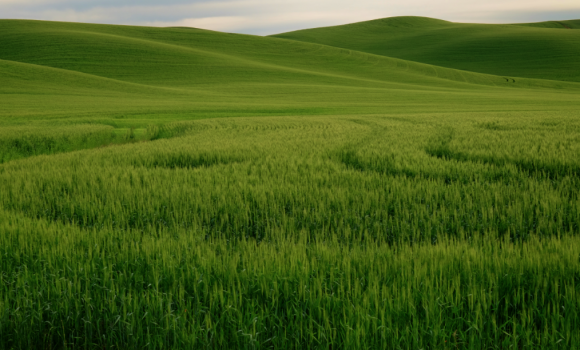Give this some thought!
I was having a phone conversation with one of my very best friends and great shooter, Jim Haverstock, I was explaining the whole which lens when questions and he said it really helped him see it differently, so that was good enough for me. Let me share a pet theory and see if it helps you too!!
Our eyes see a very wide angle of view of the world, but, we concentrate in the area of a “normal” lens. Thinking in terms of full frame cameras, around 50mm. So, if you shoot an image with lens that is even approximatley normal (for me that is between 35mm and 70mm), the image will appear much like your normal vision. If you move to a wide angle lens or a telephoto, the view will change very much. We can change how the viewer sees our images by the lens focal length we choose! Just remember the further you go from the normal range the more extreme the image will get, sometimes this is just what you want, just know extreme will be used less than the normal range! Of course if you shoot fast moving venomous snakes, a long macro lens might just be the right choice!
As illustrated in the last two blogs, we can learn to make a statement with our lens choices and position to the subject.
The image below shows what a telephoto macro lens can do, narrow the background, help throw it out of focus, and make the droplets become clearly the main subject!
In Bodie, there used to be, I say used to be because sadly this wagon wheel has finally collapsed from age, weather and exposure! But when it was still standing I photographed it with a 24mm lens to make it the dominant subject but with lots of depth of field, making the background an important part of the image support system!
Sometimes we have a lot of subjects, all over the frame and we want to show them all and make them all sharp, a f 8 aperture and telephoto shooting subject hat are all at infinity distance did the trick!
I shoot a lot of Americana and this old cash register was too good to pass up. It was near Pike’s Fish Market in Seattle, and I wanted to make just the key part tack sharp, once again telephoto narrows the background, and most important makes the subject jump out!
So that is the point of this little exercise, decide what you want to do, choose the right lens, and make a great image!
Blessigns and have a great weekend!
the pilgrim
Couldn’t resist, one more deep depth of field example!
This entry was posted on Friday, September 4th, 2015 at 6:49 pm
You can follow any responses to this entry through the RSS 2.0 feed.









And another example you gave really stuck with me … if I tend to shoot all the time with that ‘normal’ range lens, my viewers are going to see more normal (and perhaps less interesting) images than if I step outside that range. Without getting to the most extreme ranges, broadening my lens choices can give me perspectives and images more eye-catching to my viewers. You made it so clear that this is something I can easily and consistently take into account when setting up shots in the field. Thank you for the lesson … And most of all for your friendship.
The lesson is a gift, our friendship a supreme blessing!
Yes, these last three posts are very interesting. I’ve always looked at a lens’ FOV; The 16mm is about 83 degrees, the 35mm is about 44 degrees, and the 90mm is about 18 degrees. So each lens more or less doubles the FOV angle (starting from the 90mm). So when I get older and unable to tote the zooms those three lenses would suit me fine. The 35 is so small, why not take it along?
I actually do use it a lot, I switch from time to time to keep my own vision fresh, and I do agree.
I have alot of competition at work, lots of Soldier shooting camera with a kit lens. So my work need to stand out from the crowd. I have a two camera set up, one with a super wide and one with a telephoto lens. This give me a look that no kit lens can get.
That is the approach I learned early in my career too!!!! As a young photojournalist in the 70’s I carried two Nikon bodies, one with the 24mm and one with a 105mm. As you say, it really makes the potential for your work to not look ordinary! Back then a four lens kit was; two bodiesandthe 24mm, 35mm, 105mm (some preferred an 85mm) and the 180mm f 2.8!!!! This was just prior to Zooms!
By the way, the wagon wheel in Bodie has been restored.